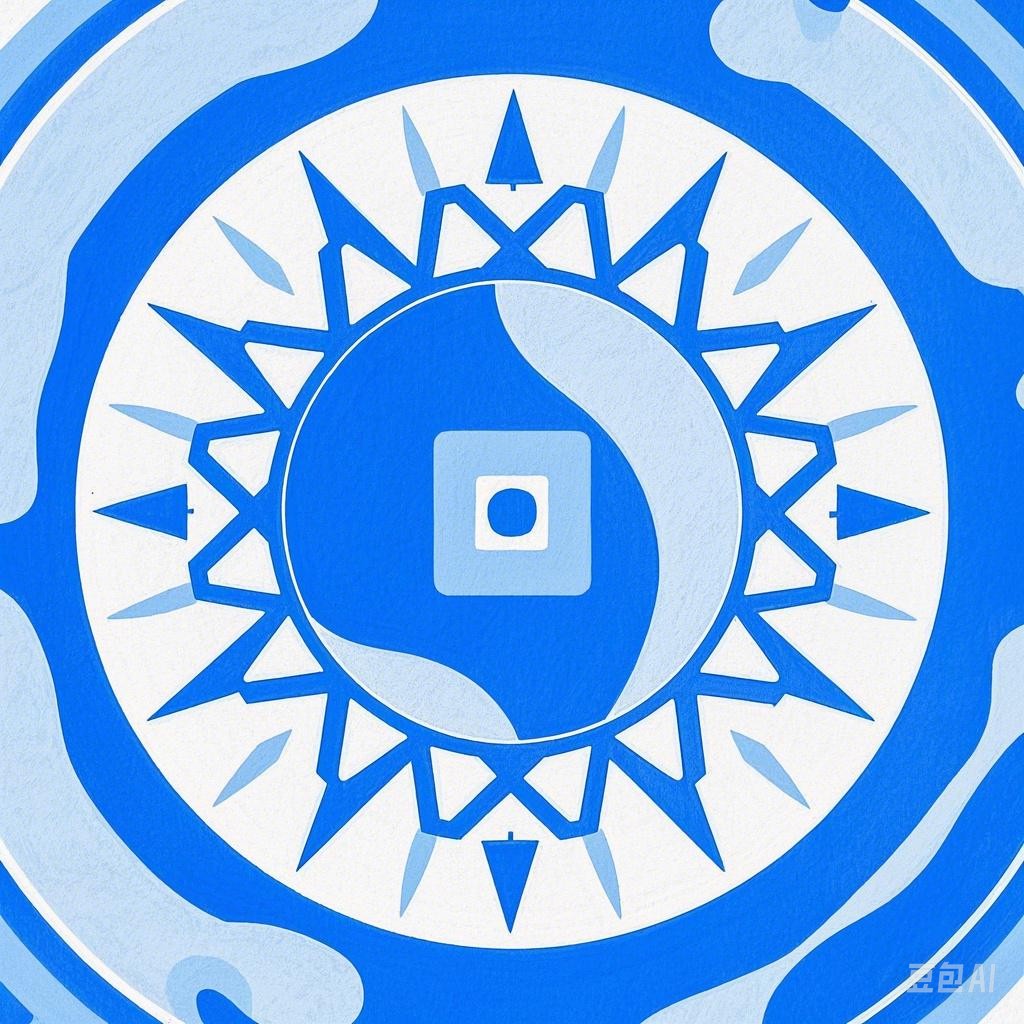The Spring Equinox, also known as the Vernal Equinox, is a significant moment in the astronomical and cultural calendars of many societies. It marks the moment when day and night are of equal length, occurring around March 20 or 21 each year. This equinox is followed by various festivals across the world, reflecting the renewal and celebration of spring. Below, we explore some of the notable festivals that come after the Spring Equinox.
Easter
Background
Easter is one of the most important Christian festivals and is also a widely observed public holiday. It commemorates the resurrection of Jesus Christ on the third day after his crucifixion. The date of Easter varies each year, as it is based on the lunar calendar and is calculated as the first Sunday following the first full moon after the Spring Equinox.
Celebrations
- Easter Egg Hunt: This is a popular tradition where children search for eggs that have been hidden by adults.
- Easter Vigil: Many Christians attend a special church service on the Saturday before Easter, which includes the lighting of the new fire and the blessing of the Easter water.
- Easter Bunny: In many cultures, the Easter Bunny is a symbol of fertility and rebirth, leaving Easter eggs and gifts for children.
Holi
Background
Holi is a Hindu festival also known as the “Festival of Colors” or the “Festival of Love.” It celebrates the victory of good over evil and is typically held in late March or early April, often following the Spring Equinox.
Celebrations
- Color Play: Participants throw colored powders and water on each other, symbolizing the victory of good over evil.
- Dancing and Music: Holi is a time for joyous celebration with music, dance, and feasting.
- Fireworks: In some regions, fireworks are used to mark the beginning of the festival.
Hanami
Background
Hanami, meaning “flower viewing,” is a traditional Japanese custom of enjoying the blooming of cherry blossoms. While the exact timing of cherry blossom season can vary, it usually occurs in late March or early April, coinciding with the Spring Equinox.
Celebrations
- Picnics: People gather under cherry blossom trees for picnics, often bringing food and drinks.
- Cherry Blossom Viewing: Individuals and groups visit parks and gardens to admire the blossoms.
- Festivals: Some regions hold special cherry blossom festivals with additional cultural and traditional activities.
Qingming Festival
Background
The Qingming Festival, also known as Tomb-Sweeping Day, is a time for honoring ancestors and deceased family members. It typically falls on April 4 or 5 of the Gregorian calendar and often comes after the Spring Equinox.
Celebrations
- Tomb Sweeping: Families visit the graves of their ancestors to clean tombstones, pay respects, and offer food and incense.
- Memorial Services: In some areas, communal services are held at cemeteries.
- Nature Appreciation: The festival also involves activities such as flying kites, making paper offerings, and enjoying spring outings.
Walpurgisnacht
Background
Walpurgisnacht is a traditional festival in Germany and other German-speaking countries. It is celebrated on the evening of April 30 and the morning of May 1, which is also the day of the Christian feast of Saints Walpurga. It is closely associated with the Spring Equinox and the beginning of spring.
Celebrations
- Bonfires: People gather to light bonfires, which are believed to ward off evil spirits and encourage the growth of crops.
- Folklore and Superstitions: Walpurgisnacht is steeped in folklore and superstitions, with many customs aimed at ensuring good luck and protection against evil.
- Celebrations: There are various local customs and traditions, such as dancing, singing, and feasting.
These festivals are just a few examples of the diverse ways in which cultures around the world celebrate the Spring Equinox and the renewal of life that it signifies. Each festival has its unique history, customs, and significance, reflecting the rich tapestry of human tradition and culture.
